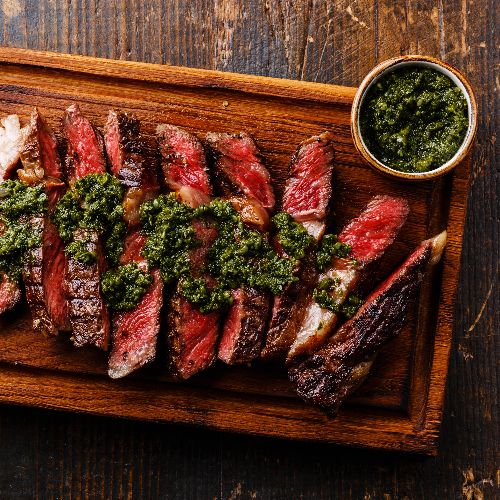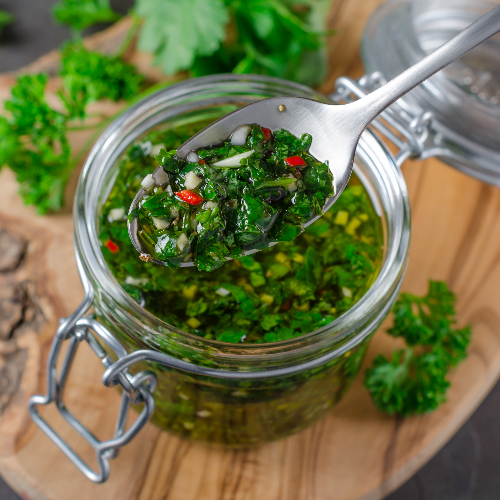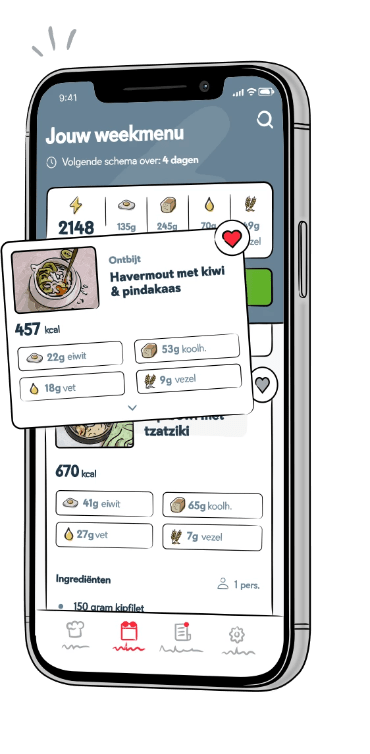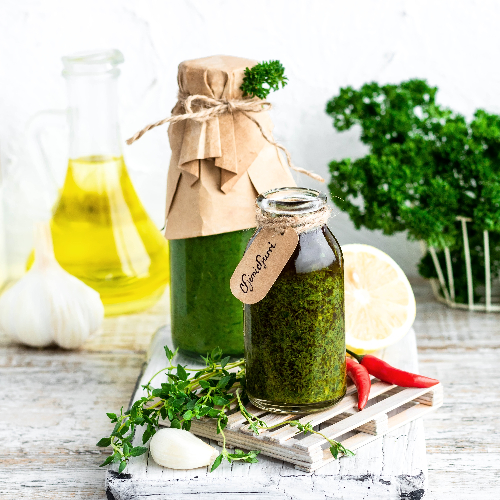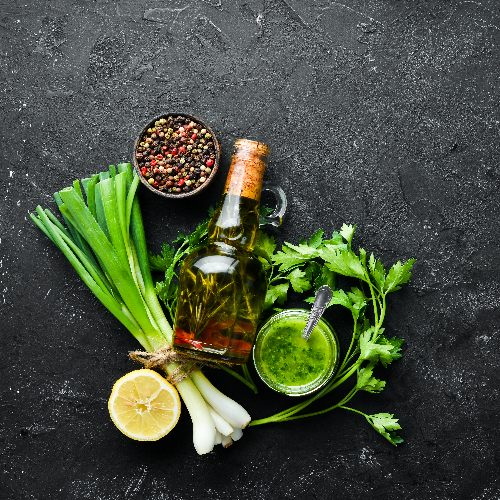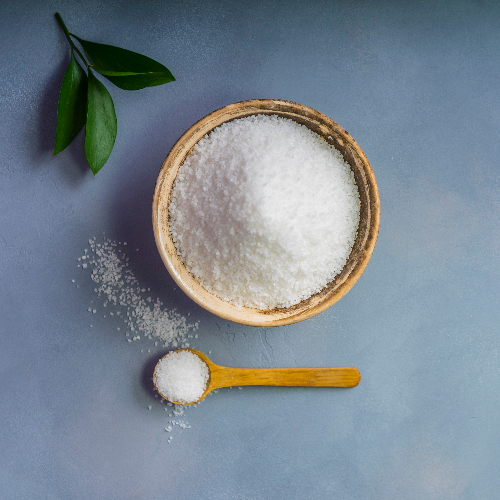Heb je al eens genoten van beef chimichurri, maar vraag jij je af hoe je deze lekkere Argentijnse saus eigenlijk maakt?
Chimichurri bevat verse ingrediënten en gedroogde kruiden, waarmee je onder meer kalium, natrium, vitamine A en vitamine C binnenkrijgt. Deze vitaminen en mineralen spelen een rol in het reguleren van je vochtbalans, je bloeddruk, je immuunsysteem en je spierfunctie.
In dit artikel vertellen we hoe je zelf chimichurri maakt, welke voedingswaarden het basisrecept bevat en welke gezondheidsvoordelen de saus biedt.


